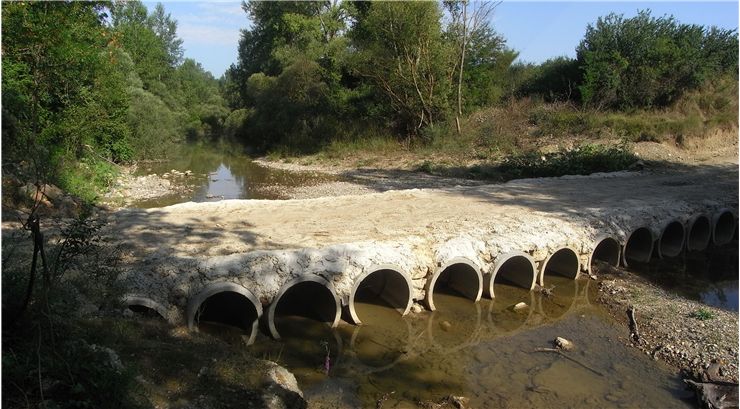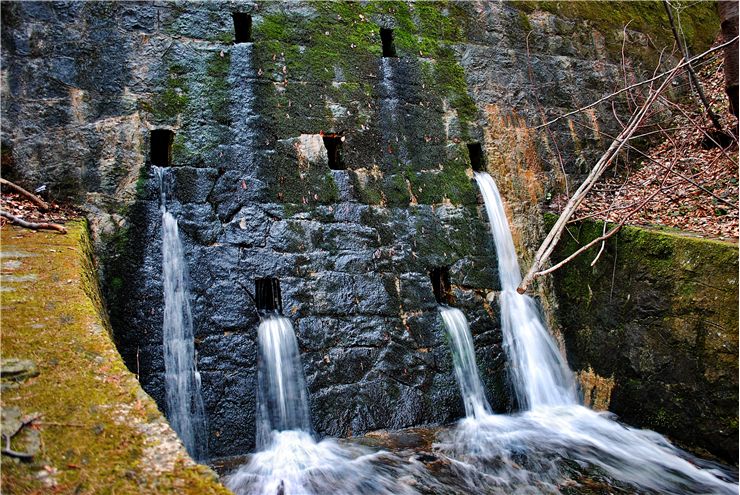Culvert - Construction and Types of Culverts
You know those “pipes and tunnels” underneath roads and railway tracks where fugitives sometimes hide in movies? Well, they actually have a name – culverts, and here are a few facts about them which might bring your attention to their importance and uniqueness as simple and yet such complex structures.
Although very few people ever notice them or gives them much thought as regards their usage, design, location or usefulness, culverts serve a few important purposes, perhaps one of the most important of which is directing excess water, be it rainfall, water flowing down the slopes originating from snow melting in spring or river water overflowing the banks and causing floods. Engineered according to particular regulations and made of different materials such as concrete, steel, aluminum or polyethylene, culverts are of paramount importance when it comes to providing natural drainage, enabling traffic over waterways, preventing erosion and even providing safe and natural passage for fish and other aquatic wildlife.
Culverts come in many different types, including all shapes and sizes; pipe, arch or boxed, single or multiple based on their position, quality of the soil and their respective purpose. Their dimensions, material, shape and position has to be carefully planned in order to avoid possible jamming, overflowing, erosion and they are periodically inspected, maintained or replaced in case it turns out that they have suffered structural damage or become clogged which can, in turn, lead to dangerous or even catastrophic outcomes especially in cases of severe culvert failures.
In areas where there are heavy or even torrential rains, the usage of culverts is paramount. In the USA alone there are more than 5 million of them, with the growing attention and care of each culvert’s position, measures, benefits and possible risks in case of failure. Sometimes adding to the scenic impression of the roads and rail constructions, culverts are not to be taken lightly. Their planning, positioning, bedding in and maintenance is scrutinized by the authorities as they are vital parts of the infrastructure of each village, town, city, county and country.
When positioning culverts, engineers always consider their usage but also economy, so culverts are usually located under roads or railways thus avoiding construction any additional embankments with their diameters ranging from 1 to 6 meters based on their single or multiple structures and expected water flow which should be stable allowing fish or sewage to flow easily and preventing them from getting stuck at the bottom of culverts. The state of entrances and outlets of culverts is particularly important as they have a direct influence on their hydraulic capacity and overall functioning.
As their proper construction and maintenance, in turn, prevents ground erosion as well as flooding of roads, rails, and bridges, it also saves communities huge amounts of money which would be spent on repairing any damages of transport infrastructure as well as surrounding soil, natural environment, and man-made structures.
In addition, culverts have an enormous environmental impact and are thus in the continuous focus of numerous research projects not just by civil engineers and construction companies and their legislators but also of environmentalists, biologists, and zoologists. Having read this, chances are you will never again refer to culverts as just “pipes and tunnels” as they are undoubtedly so much more than that.

